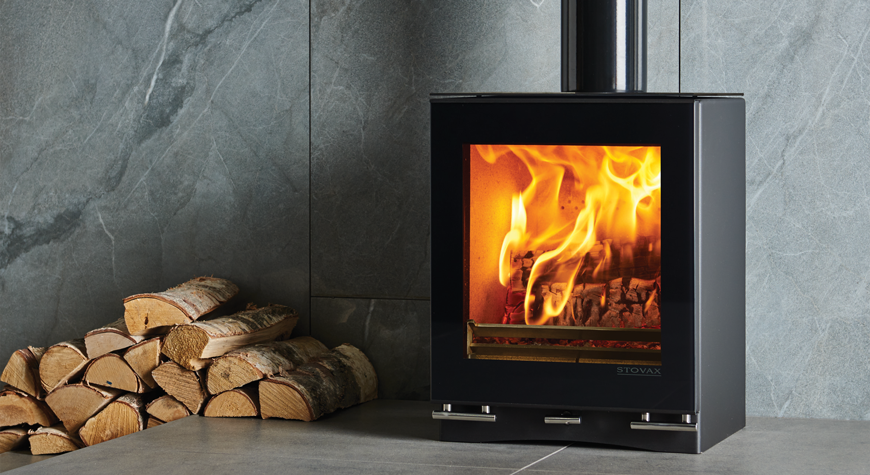thetyreman
Established Member
I finally got around to using my 3/16" beading plane today, and after a LOT of hard work, removed all pitting from the back, then I sharpened the curve using sandpaper on a dowel, I noticed however that even though it was sharp, the throat seems to get clogged up, and it doesn't cut as cleanly as I'd have hoped for, I also noticed you have to angle it slightly to get the right look, just wondering if you could advise me on setting it up properly, it seems to work ok, but it could be better and I'm left feeling a bit dissapointed.

































